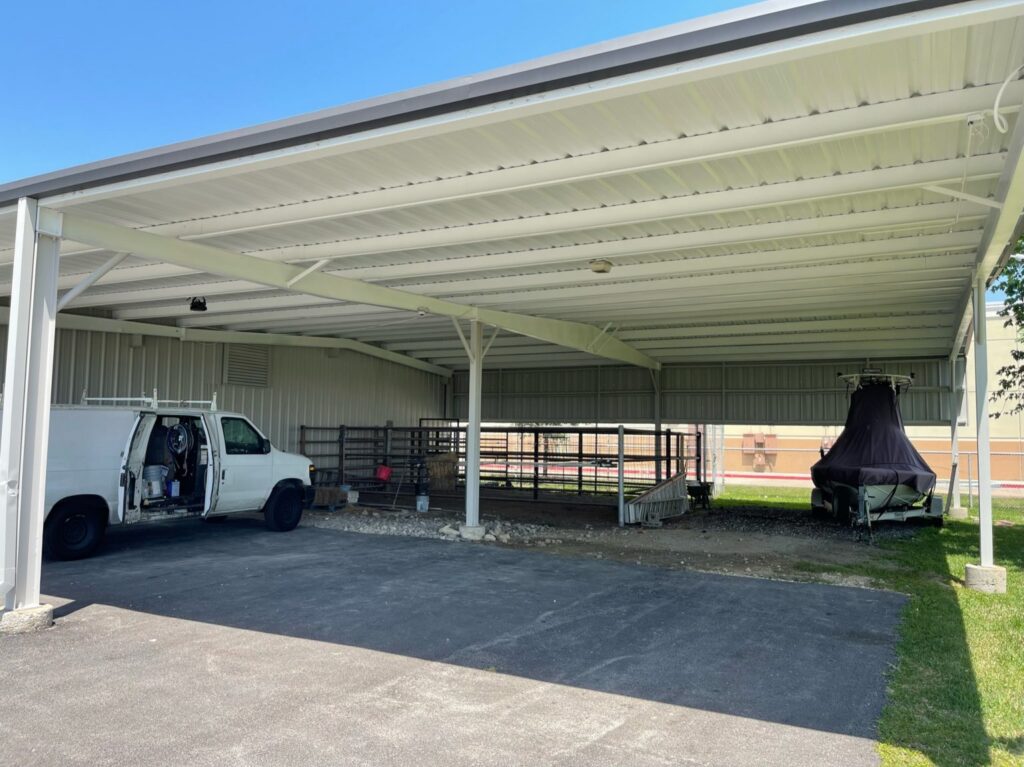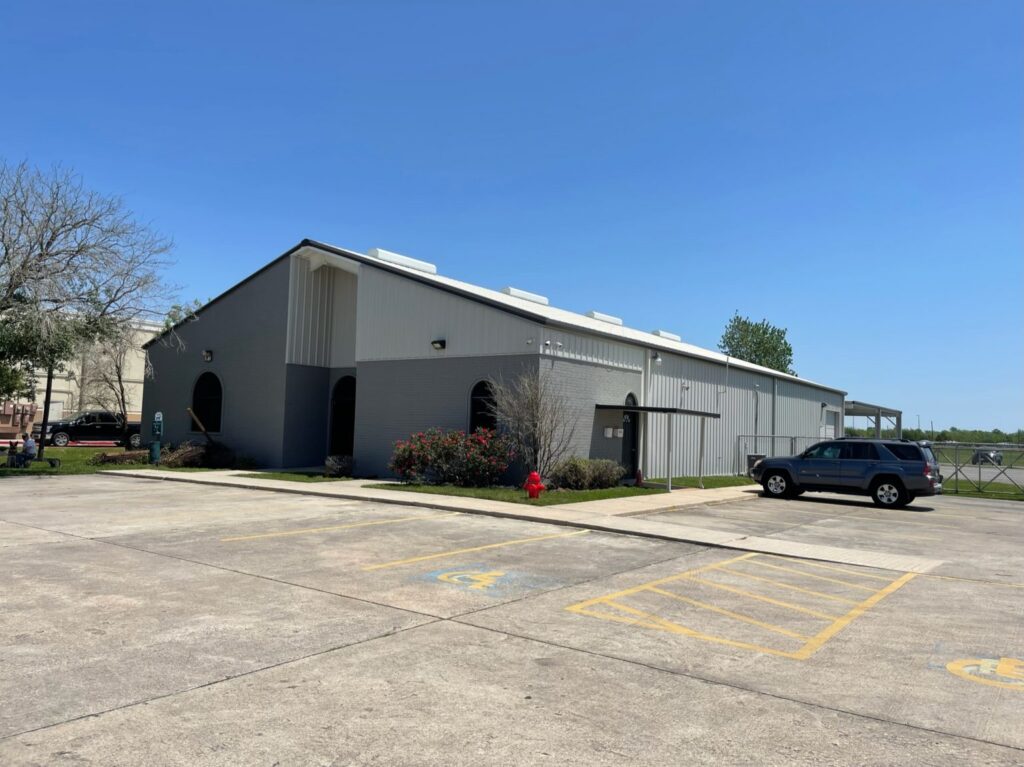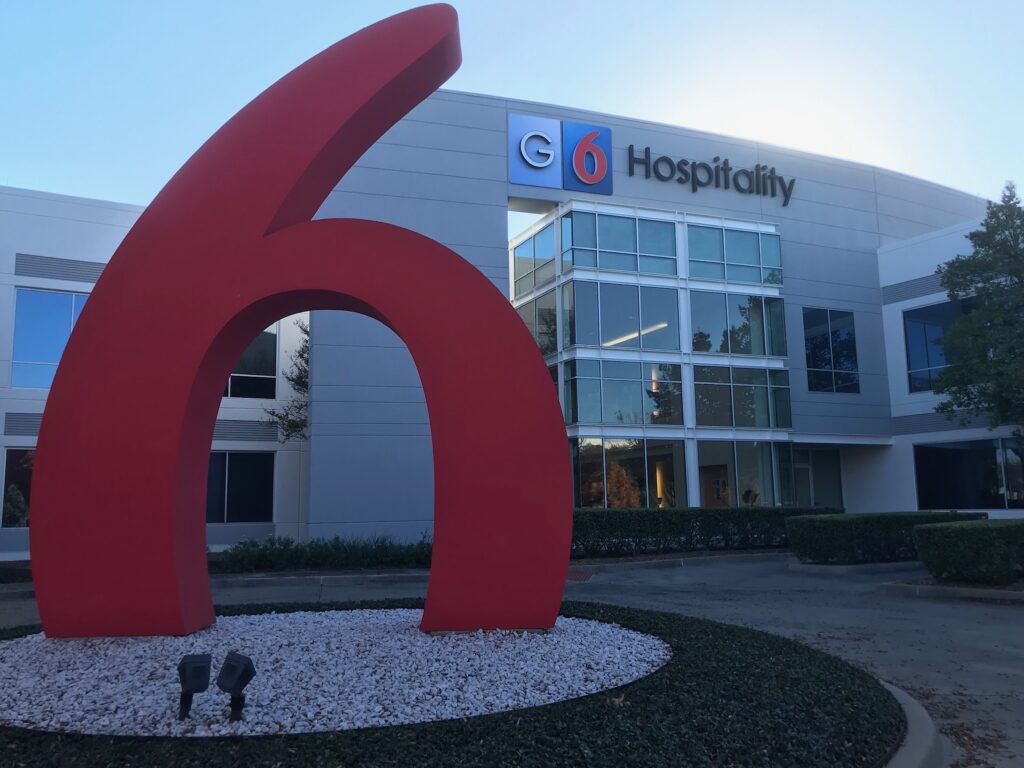Like all commercial buildings, a beautiful coat of exterior commercial paint can make a huge impact on the curbside appeal of your business. Car dealerships, often overlooked, are no exception to this rule. However, undertaking a commercial painting project for a car dealership in Sugar Land, Texas, while maintaining daily operations presents a unique challenge. In order to do so, strategic planning is required to minimize downtime and disruption of everyday operations.
Assessing Dealership Needs
Before beginning a commercial painting project in Sugar Land, a thorough facility inspection must be conducted. This allows you to identify areas that require immediate attention and prioritize painting zones based on urgency and visibility. Consider seasonal factors that may affect paint application and drying times, such as humidity and temperature fluctuations.
Evaluate lighting conditions throughout the day to ensure the chosen paint colors will look their best in various lighting scenarios. This assessment will help you create a plan that addresses the entirety of your project while minimizing disruption to your dealership’s operations.
Timing Your Project
Analyze traffic patterns and peak hours first when planning your dealership’s commercial painting schedule. It’s best to try and schedule painting during off-peak times or slower seasons as an effort to reduce the impact on your daily operations. Consider after-hours or weekend work for areas that see high customer traffic during regular business hours.
Sectional Painting Approach
Dividing your dealership into manageable sections will help significantly when working to maintain operations during your commercial painting project. Focusing on one area at a time will allow other parts of your facility to remain open for business. Temporary barriers or partitions may be utilized to isolate work areas.
A rotating schedule may be implemented as well to systematically cover all areas of your dealership. This approach allows for flexibility in adapting to unexpected changes in dealership activity or customer flow.
Workflow
Preparation is arguably the most important part of any commercial painting project. This includes your scheduling goals as well as surface preparation for the project and clear communication with your painting partner and employees. Develop a plan that utilizes multiple channels such as signage, email, social media, and website updates to keep both customers and employees informed. Despite ongoing renovations, we know how important it is to maintain a positive customer experience. We strongly recommend clearly marking alternative paths and temporary entrances to smoothly guide visitors through your facility and minimize inconveniences.
Brief your employees on the project timeline and procedures. Provide clear guidelines on how to direct customers during the renovation process and train staff on any temporary processes or relocated services.
Workplace Safety
Above all, safety should always be the highest priority during any commercial painting project. Implement proper ventilation in freshly painted areas to protect both staff and customers. Provide personal protective equipment for employees working near painting zones. Clearly mark wet paint areas and potential slip hazards to prevent accidents.
Post-Project Evaluation and Future Planning
After completing your dealership’s commercial painting project in Sugar Land, Texas, it’s time for a post-project evaluation. Check all painted areas for quality and consistency. Gather feedback from staff and customers to gauge the project’s impact on their experience. Analyze any changes in business metrics during the painting period to better understand its effect on operations and future renovations.
Lastly, consider developing a regular painting and maintenance schedule to keep your dealership clean and up to date. Ask about preventative measures to extend paint life, such as proper cleaning and touch-up protocols and plan for periodic spot treatments between major repaints.




